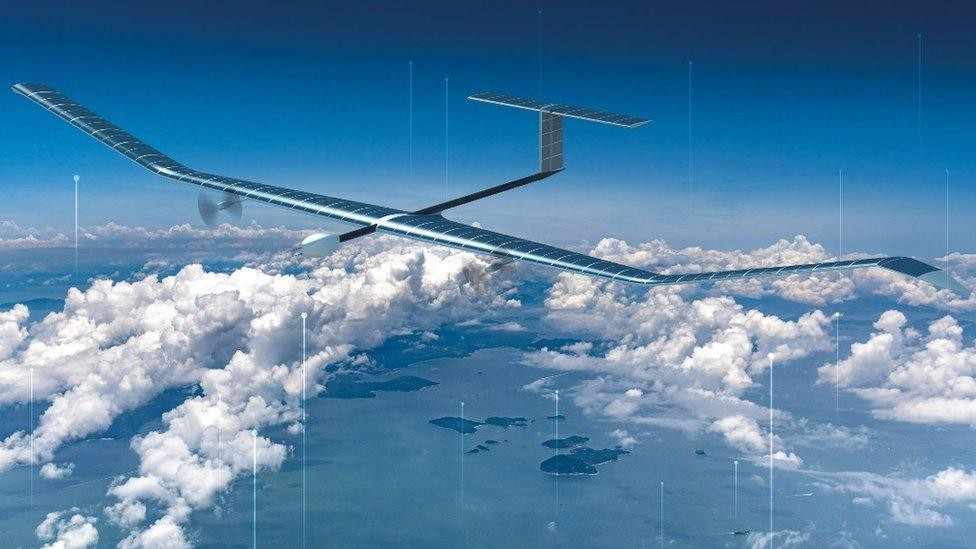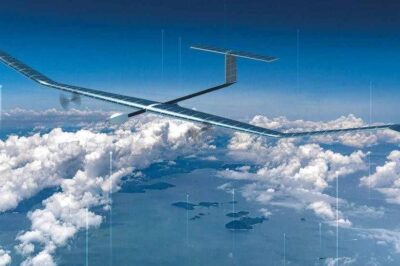
In a ground-breaking achievement, the Aalto Zephyr, a British-made stealth aircraft developed by Airbus, has set a new world record for the longest continuous flight. The unmanned, solar-powered drone remained airborne for an unprecedented 67 days, surpassing the previous record of 64 days set in 1959 by American pilots Robert Timm and John Cook. This remarkable feat underscores the Zephyr’s capabilities and marks a significant milestone in aviation history.
Design and Capabilities of the Zephyr
The Zephyr is an ultra-lightweight, fixed-wing aircraft with a wingspan of 25 meters and a weight of just 75 kilograms. Despite its size, it is powered entirely by solar energy, utilizing high-efficiency solar cells to recharge its batteries during the day. At night, the stored energy powers the aircraft’s electric motors, allowing it to continue flying without the need for fuel. Operating at altitudes above 60,000 feet, the Zephyr functions as a High Altitude Platform Station (HAPS), providing services such as surveillance, communications, and environmental monitoring.
The Record-Breaking Flight
The historic flight began in Kenya and concluded in Australia, with the Zephyr covering a vast distance and remaining airborne for 1,608 hours. During its journey, the aircraft flew over water and entered international airspace, marking several milestones in its operational history. The flight was controlled through satellite communications, demonstrating the Zephyr’s advanced capabilities and reliability in various conditions.
Applications and Future Prospects
The Zephyr’s extended endurance and high-altitude capabilities make it an ideal platform for a range of applications. It can serve as a surveillance drone, providing real-time monitoring of large areas, or as a communications relay, offering mobile connectivity in remote regions. Additionally, its ability to operate without fuel and emit zero emissions positions it as a sustainable alternative to traditional satellite systems. Looking ahead, Airbus plans to expand the Zephyr’s capabilities, including the development of larger variants with increased payload capacities.
Conclusion
The Aalto Zephyr’s record-breaking flight marks a significant achievement in the field of unmanned aviation. Its combination of solar-powered propulsion, extended endurance, and high-altitude operation opens new possibilities for surveillance, communication, and environmental monitoring. As technology continues to advance, the Zephyr represents a step forward in the evolution of sustainable and efficient aerospace solutions.








































Leave a Reply